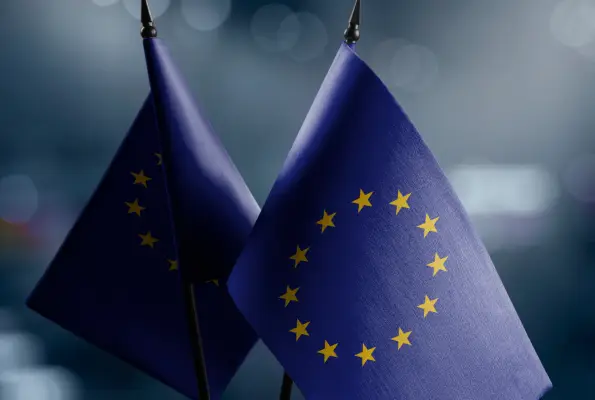In early 2025, the European Commission unveiled its “Clean Industrial Deal,” a sweeping strategy to make the continent’s most polluting industries climate-neutral while preserving competitiveness. President von der Leyen has made this plan a key pillar of her agenda, focusing on “energy-intensive industries” like steel, metals, and chemicals.
The Deal treats decarbonisation as an economic opportunity, promising to unlock over 100 billion euros to support clean manufacturing, mobilising funds from the European Union’s “Innovation Fund,” emissions trading revenues, and the new Industrial Decarbonisation Bank.
Crucially, it also simplifies rules so national governments can provide state aid for green transitions. For example, under the new CISAF framework approved in June 2025, member states can quickly authorise aid for renewable projects and even subsidise power costs for factories.
Europe’s heavy industries have some of the highest emissions per euro earned, so the “Clean Industrial Deal” targets them first. Measures include a new state-aid framework that allows governments to pour funds into electrifying factories and building renewable power for industry. For example, wind-energy lobbyists noted that, for the first time, governments can subsidise electricity costs for “electro-intensive” industries, making it cheaper to replace coal or gas with renewables.
The Deal also plans public procurement reforms starting in 2026, and the European Union will require sustainability and “Made in Europe” criteria in public tenders for strategic sectors. In practice, this means state buyers will favour European-made low-carbon goods (steel, chemicals, etc.), creating guaranteed markets for clean technology.
Together with new funding initiatives, including the proposed 100 billion euro Industrial Decarbonisation Bank, these policies aim to reduce risk for investors in decarbonisation and scale up projects that cut emissions.
Sectors like steel, cement, and refineries are explicitly highlighted. The Commission notes these energy-intensive industries “urgently need support to decarbonise” and switch to clean energy. Aid schemes will cover things like clean hydrogen, electric furnaces, carbon capture, and biomass, addressing the highest-emitting processes.
Under the “Clean Industrial Deal,” the European Union adopted a simplified State Aid framework in June 2025. This replaces temporary Covid-era rules and lets member states fast-track funding for renewables, grid upgrades, and industrial decarbonisation projects. As a result, governments across the continent can now more quickly authorise grants, loans, or tax breaks to help factories invest in green equipment.
The Deal mandates new “lead market” instruments to boost demand for green products. From 2026 on, public contracts (for buildings, vehicles, utilities, etc.) will include sustainability requirements and favour goods “made in Europe” that meet resilience criteria. This creates a stable demand for European clean-tech. For example, public projects will preferentially buy domestic low-carbon steel or concrete.
Beyond state grants, the Deal channels existing EU resources toward clean industry. It enhances the Innovation Fund and suggests creating an industrial decarbonisation bank (targeting 100 billion euros) using ETS revenues and InvestEU guarantees. These vehicles would pool funds to underwrite large clean-industry projects. New calls under Horizon Europe and altered EU budgets also feed research and deployment of industrial clean technology.
Overall, the Clean Industrial Deal represents a paradigm shift: it explicitly ties EU competitiveness to climate goals. By bending state-aid rules, procurement practices, and financing tools toward decarbonisation, Brussels aims to keep heavy industry in Europe under a green transition.
Stakeholders welcome this, seeing it as a way to help “keep factories running on electricity rather than fossil fuels” and protect energy-intensive jobs. As one commentator noted, the Deal “goes further, as it recognises the state as a strategic investor in our future” and can make climate ambition a driver of industrial growth. The coming years will test implementation, but for now, Europe has laid out a clear plan to clean up its smokestack sectors.



